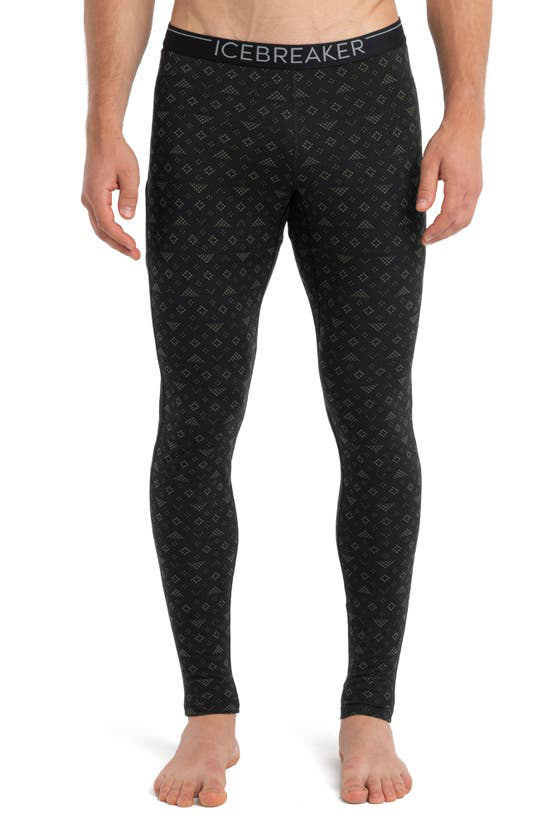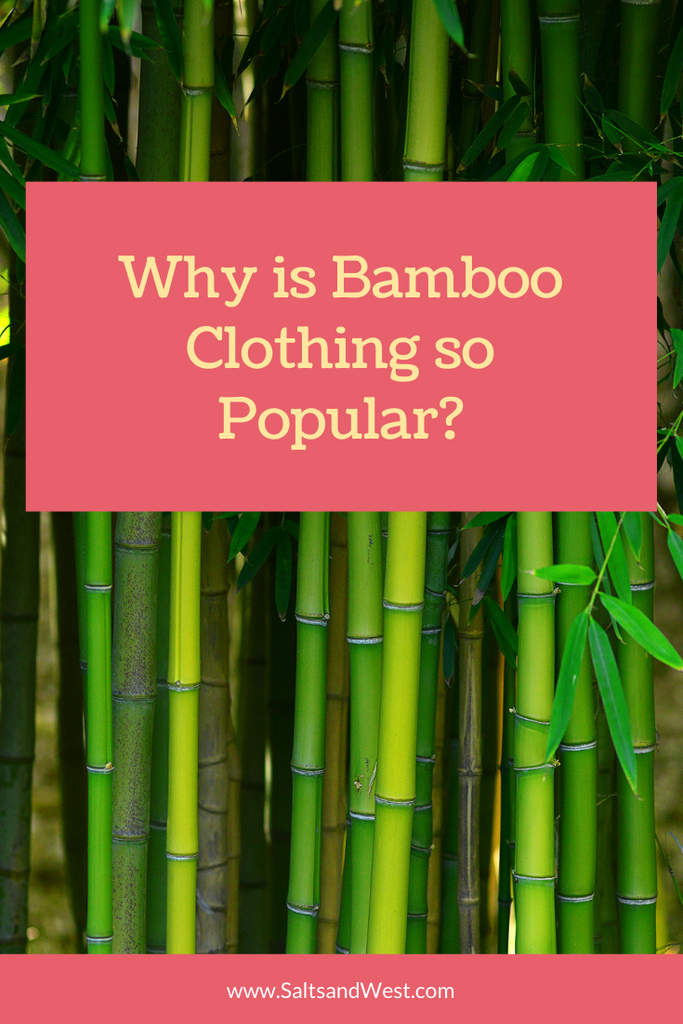What Makes Wool Baselayers Made Of Yak And Merino Beneficial In Winter Sports Clothes Because Of Their Natural Fiber Benefits And Sustainability For The Environment?
Yak merino base layer are great for winter sports clothing due to their high performance as well as the fact that they have natural fiber benefits in addition to environmental sustainability. Renewable and biodegradable.
Both Merino and Yak are natural fibers that are that are derived from animals. Renewable resources, they can be harvested in a sustainable manner and without harming animals. These fibers can be biodegradable without causing harm to the natural environment.
Low Environmental Impact-
Natural fibers' production generally have a lower environmental impact than synthetic materials. Wool is manufactured using fewer chemicals than synthetic fibers, and uses less energy that is not renewable.
Energy Efficiency
The process of processing wool fibers requires less energy than the synthetic fibers that are produced like nylon or polyester. Natural wool is characterized by a low energy consumption, which helps reduce carbon dioxide emissions.
Minimized Microplastic Pollution
Unlike synthetic fibers, which release microplastics when washed, natural wool fibers don't contribute to the microplastic pollution of water bodies.
Durability and Recycling
Yak Merino Wool clothes tend to be durable and long lasting, which increases their longevity. The fibers of wool can be reused and reused. This decreases consumption and also the environmental impact.
Sustainable PracticesSustainable Practices
Certain wool producers use ethical and sustainable practices. This involves ensuring the welfare of animals and responsible land management. They also guarantee fair labor conditions and conditions of work for the employees involved in the production process.
Environmental Certification-
Certifications like the Responsible Wool Standard and the Global Organic Textile Standard verify the ethically and environmentally sustainable practices of wool production. It gives consumers confidence of the sustainability of wool production.
In general, yak Merino Wool base layers support environmental sustainability because they are made with natural fibers, have a low environmental impact, and incorporate sustainable and ethical practices in the supply chain. Natural fibers, like yak wool merino, are a great choice for winter sport apparel that promotes responsible consumption and sustainable practices. View the top rated
merino wool base layers hints for site info including long john merino, merino wool thermals mens, merino wool long johns, best thermal underwear for skiing, merino wool first lite, warmest base layer for skiing, smartwool 250 base layer women's, minus 33 base layer, wool long underwear mens, smartwool quarter zip and more.
 What Are The Advantages Of Wearing Bamboo Clothing, In Terms Such As Softness, Antibacterial Properties, The Ability To Renew And Durability?
What Are The Advantages Of Wearing Bamboo Clothing, In Terms Such As Softness, Antibacterial Properties, The Ability To Renew And Durability?
Bamboo clothes are soft durable, durable, renewable and also antibacterial.
Bamboo fabric has soft, silky feel which is frequently compared to luxurious materials such as cashmere or silk. It is soft and smooth against your skin, offering a comfortable and enjoyable wearing experience.
Antibacterial Properties
Bamboo has antimicrobial properties that are natural. The ingredient is known as "bamboo Kun." This property blocks the growth of fungi and bacteria which cause odors on fabric. It keeps the fabric fresher for longer and decreases the requirement to wash it frequently.
Durability-
Strength- Despite its softness bamboo fibers are strong and durable. Bamboo clothing can withstand regular wear and tear, which makes it suitable for various tasks without sacrificing its quality.
Renewability-
Rapid Growth Bamboo is a source that is fast growing and does not require pesticides. It is harvested in a few short years and has a very low environmental impact.
Sustainability-
Sustainable Production - Bamboo production and cultivation has less environmental impact as compared to synthetic materials. Bamboo is sustainable due to its rapid growth rate, the fact that it requires very little water, and also because it can be grown in a wide range of climates.
Biodegradability-
Natural Breakdown- Bamboo clothing is biodegradable, meaning it is able to decompose naturally at the end of its life cycle. This reduces the amount of non-biodegradable waste in landfills. Also, it reduces pollution.
Hypoallergenic Qualities
Bamboo fabric is less prone to risk of causing skin irritation and allergic reactions than other synthetic fabrics, which makes it an ideal choice for people with sensitive skin.
The combination of its softness, antibacterial properties, durability, renewability and sustainability make bamboo clothing an appealing option for those seeking practical, comfortable, and environmentally friendly apparel. These attributes make for a comfortable and sustainable experience. Follow the most popular
a replacement for blog tips including bamboo t shirts womens, bamboo cay shirts, bamboo workout clothes, boody bamboo underwear, bamboo hawaiian shirts, ladies bamboo tops, bamboo long sleeve shirt, bamboo baby clothes, bamboo sportswear, bamboo baby clothes and more.
 How Does Merino And Bamboo Clothing Compare To Wool In Terms Of The Texture, Warmth, And Absorption?
How Does Merino And Bamboo Clothing Compare To Wool In Terms Of The Texture, Warmth, And Absorption?
When comparing merino, bamboo clothing, and traditional wool in terms of texture, warmth, and moisture absorption- Texture-
Merino WoolMerino Wool Merino wool is known for its softness and fine fibers, offering a smoother and less scratchy texture compared to traditional wool. It is generally regarded as more comfortable on the skin.
Bamboo Clothing Bamboo fabric is silky and smooth texture, which is frequently contrasted with luxury materials like cashmere or silk. It has a gentle and soft feel that makes it comfortable to wear.
Traditional Wool - Traditional wool's texture may be different. Certain types are more coarse, and may cause more itching than bamboo clothing or merino clothing.
Warmth-
Merino Wool- Merino wool provides excellent warmth because of its insulation properties. It holds heat even when wet, and can be effective in insulating cold weather.
Bamboo ClothingBamboo clothing offers warmth, but it might not offer the same level of insulation as the merino wool. It regulates the body's temperature, and also provides comfortable conditions for all kinds of weather.
Traditional Wool: Like merino it provides warmth, insulation and comfort. The traditional wool can be heavier than bamboo and merino clothing.
Moisture Absorption-
Merino WoolMerino Wool Merino wool has exceptional water-wicking properties that pull moisture away from the skin while let it evaporate. It is warm even when it is damp.
Bamboo Clothing: Bamboo fabric is a moisture-wicking fabric, which allows it to draw away moisture from your skin and provide ease of exercise. Bamboo clothing regulates moisture effectively while keeping the wearer dry.
Traditional Wool: Although wool is able to absorb moisture however, it does not have the same moisture-wicking property as merino and bamboo fabrics. Certain types of wool may feel heavy or damp when they are wet.
Merino is considered to be a warm and soft fabric with excellent moisture-wicking capabilities. Bamboo clothing has a soft and smooth texture, adequate warmth, and excellent moisture regulation. The texture of traditional wool clothing may vary, and it can provide warmth or absorb moisture. However, it might be heavier than merino or Bamboo clothing. Each fabric has distinct characteristics that are suited to various clothing preferences and needs. Have a look at the recommended
use this link on merino winter clothings for blog advice including best merino base layer, warmest base layer for skiing, wool thermals womens, merino base layer womens, best merino base layer, merino wool thermals mens, men's wool leggings, smartwool classic thermal, ice breaker thermals, icebreaker baselayer and more.



